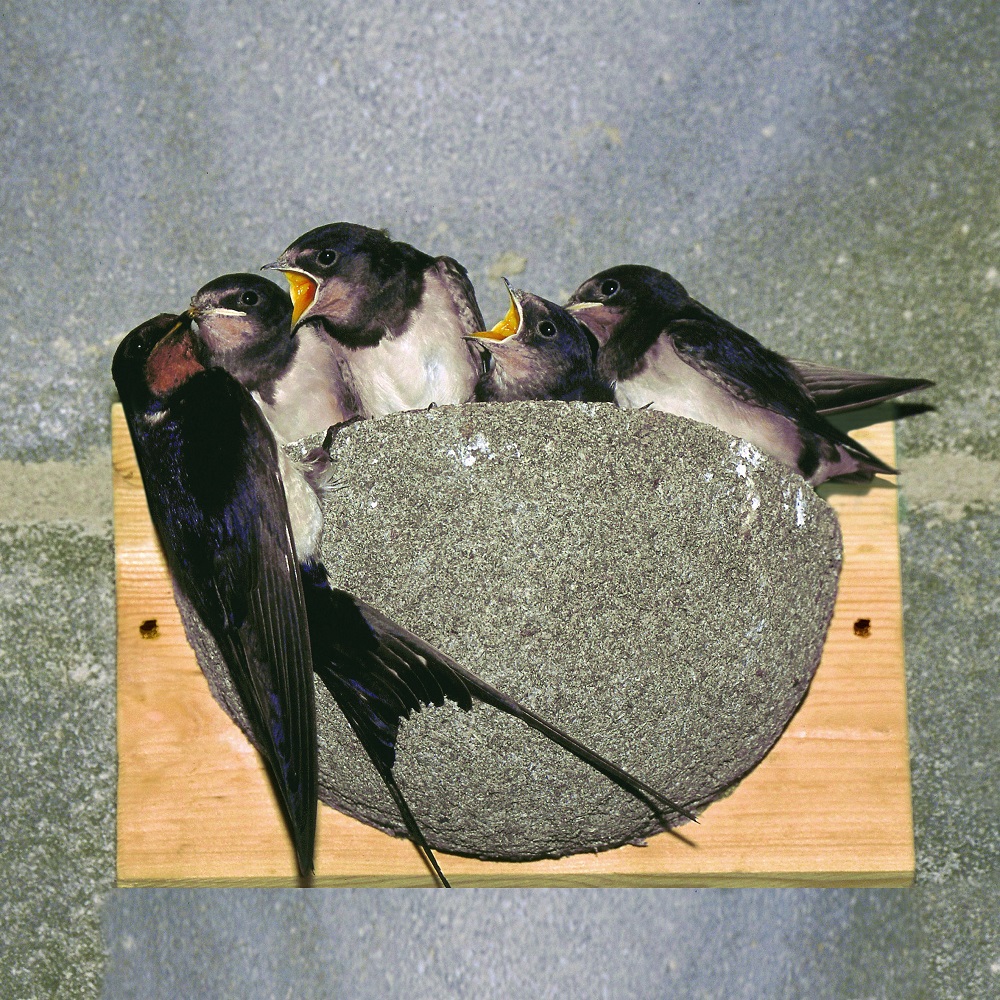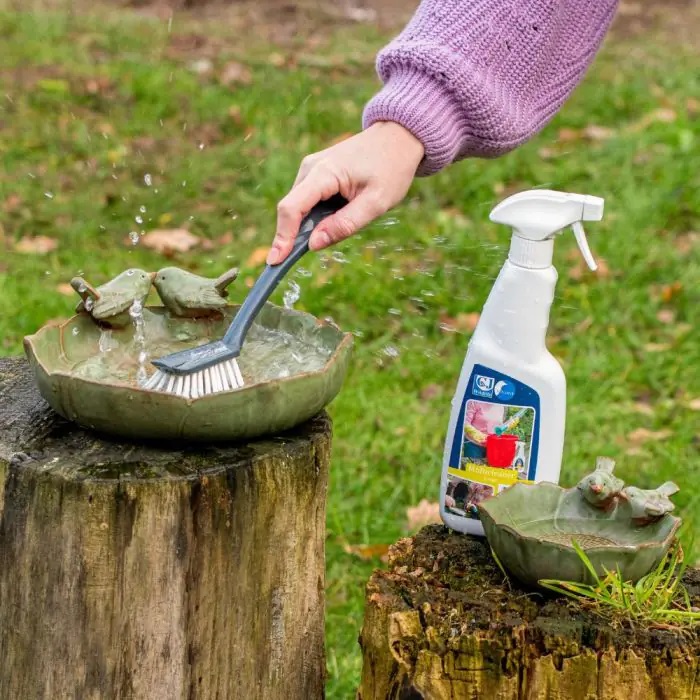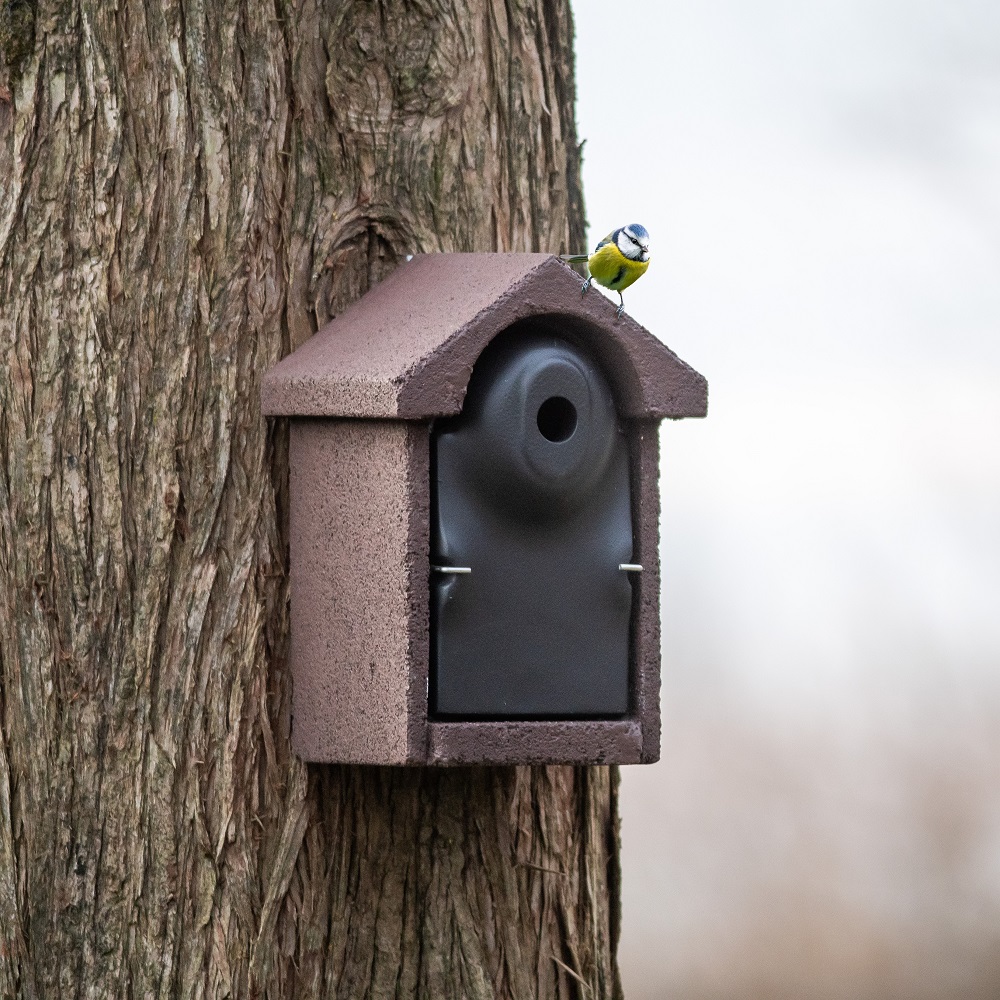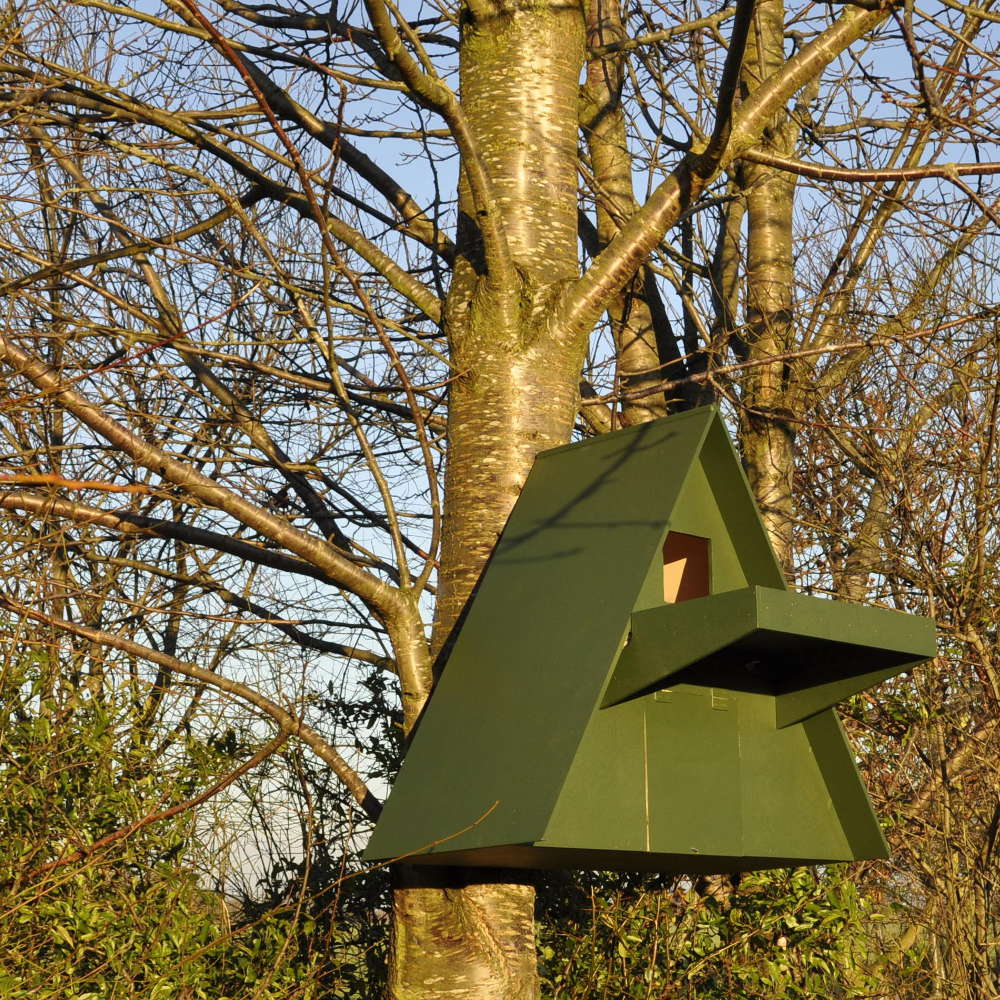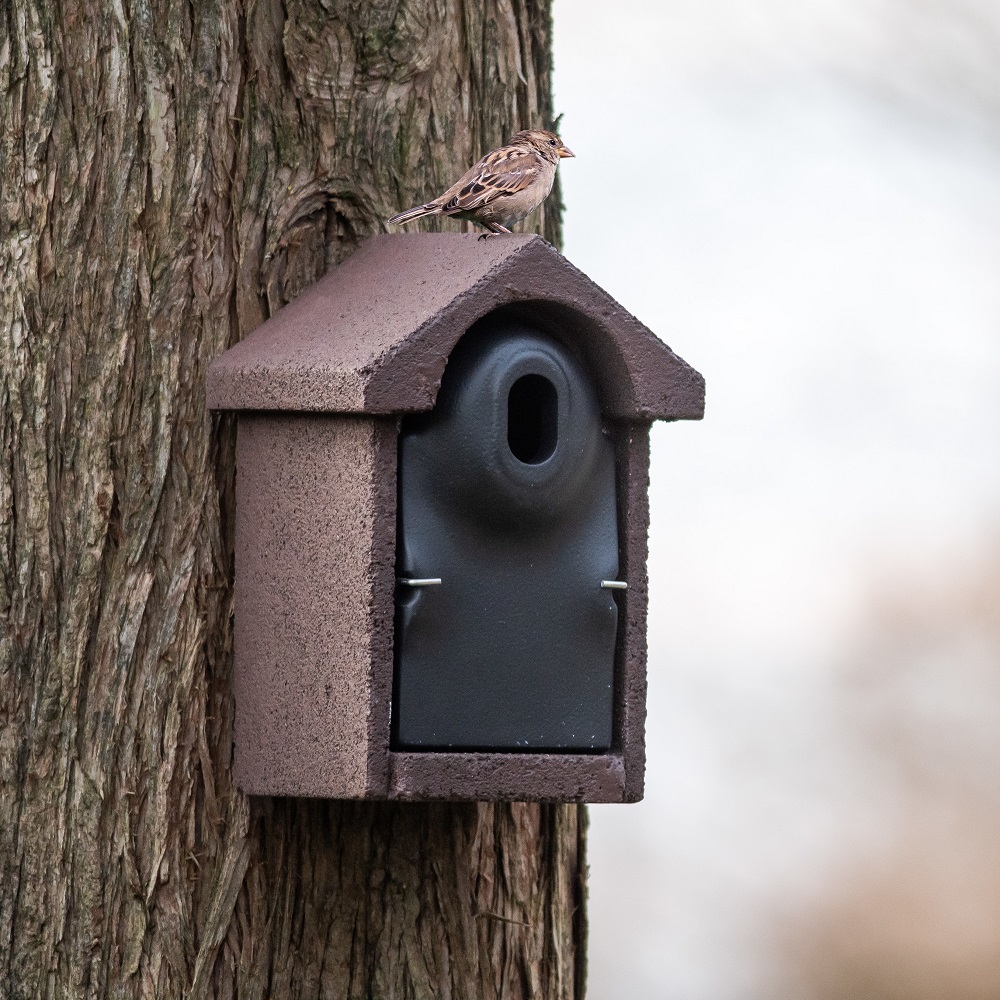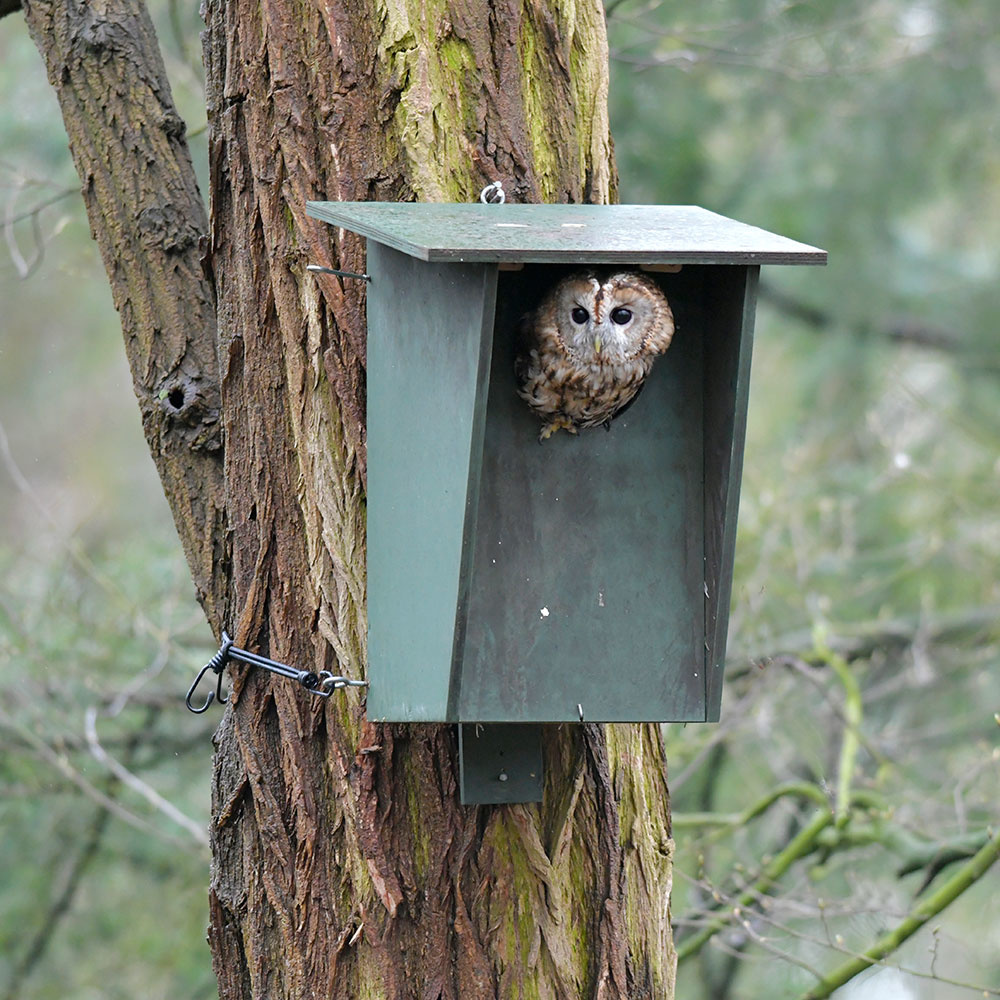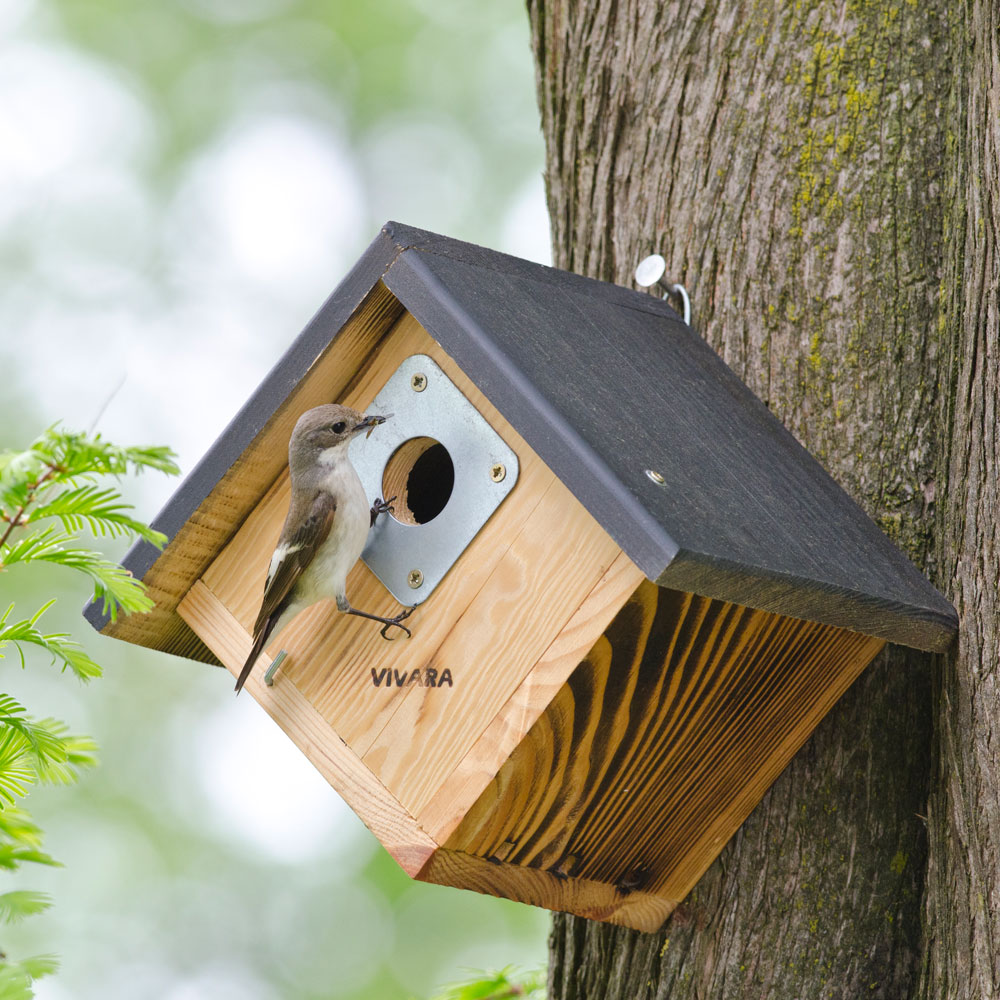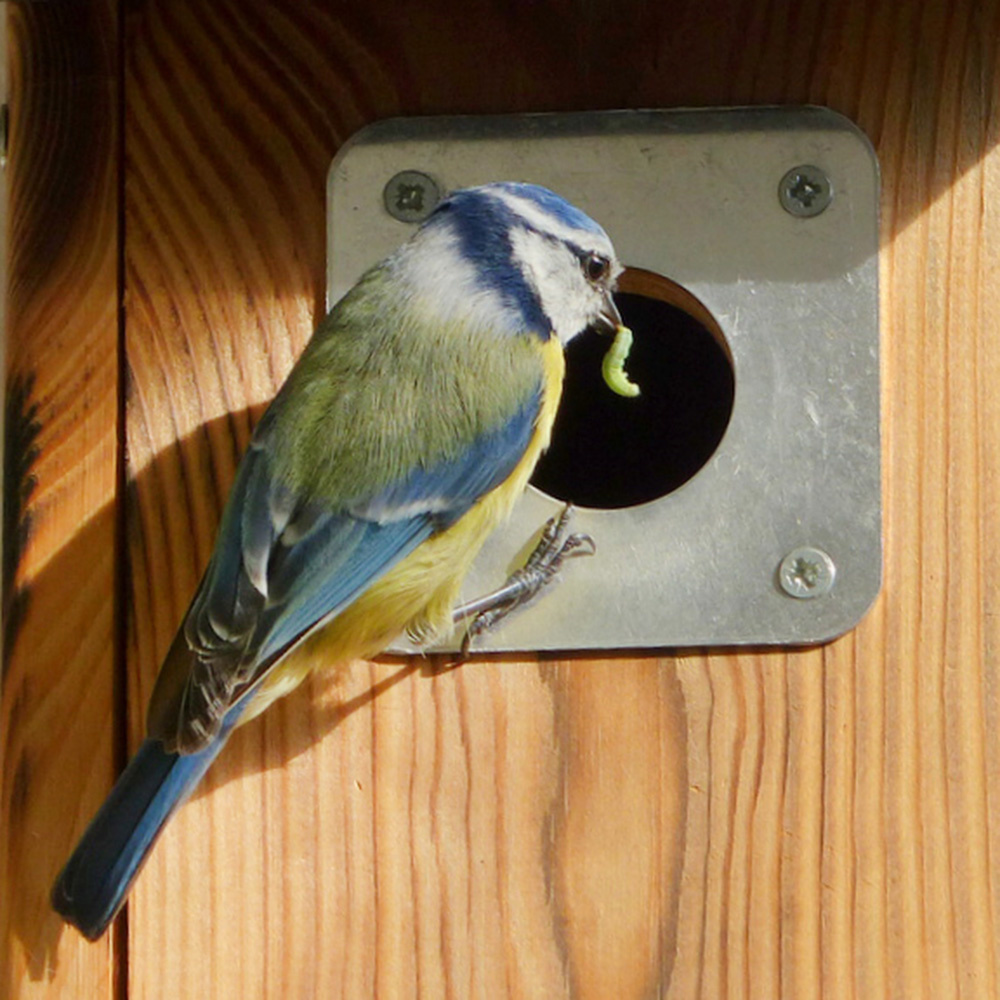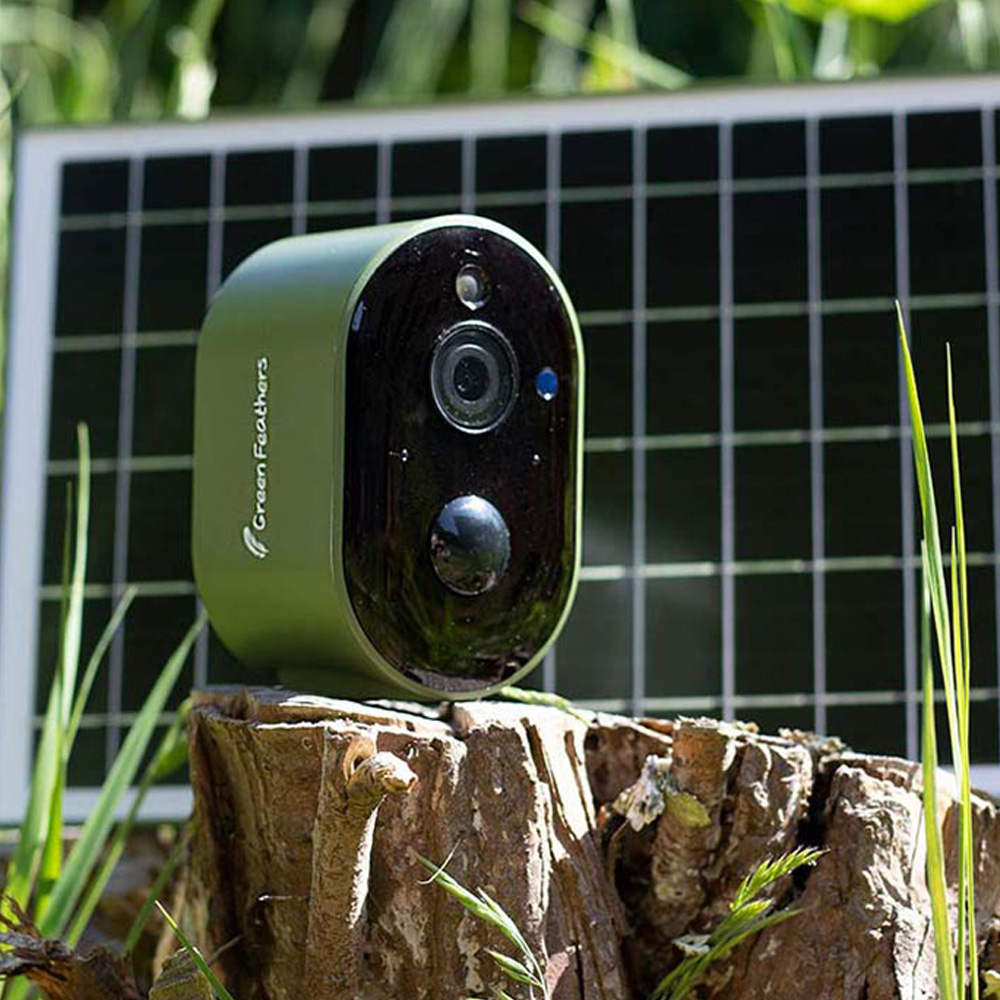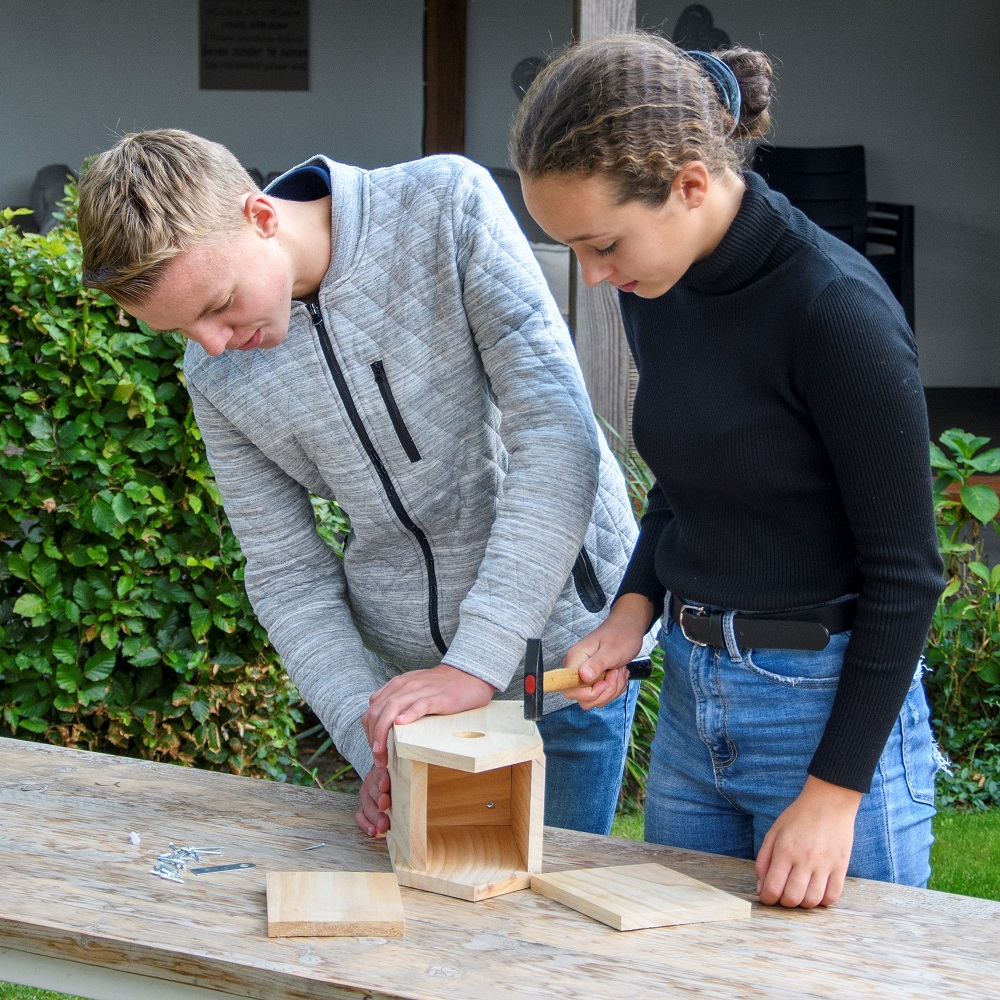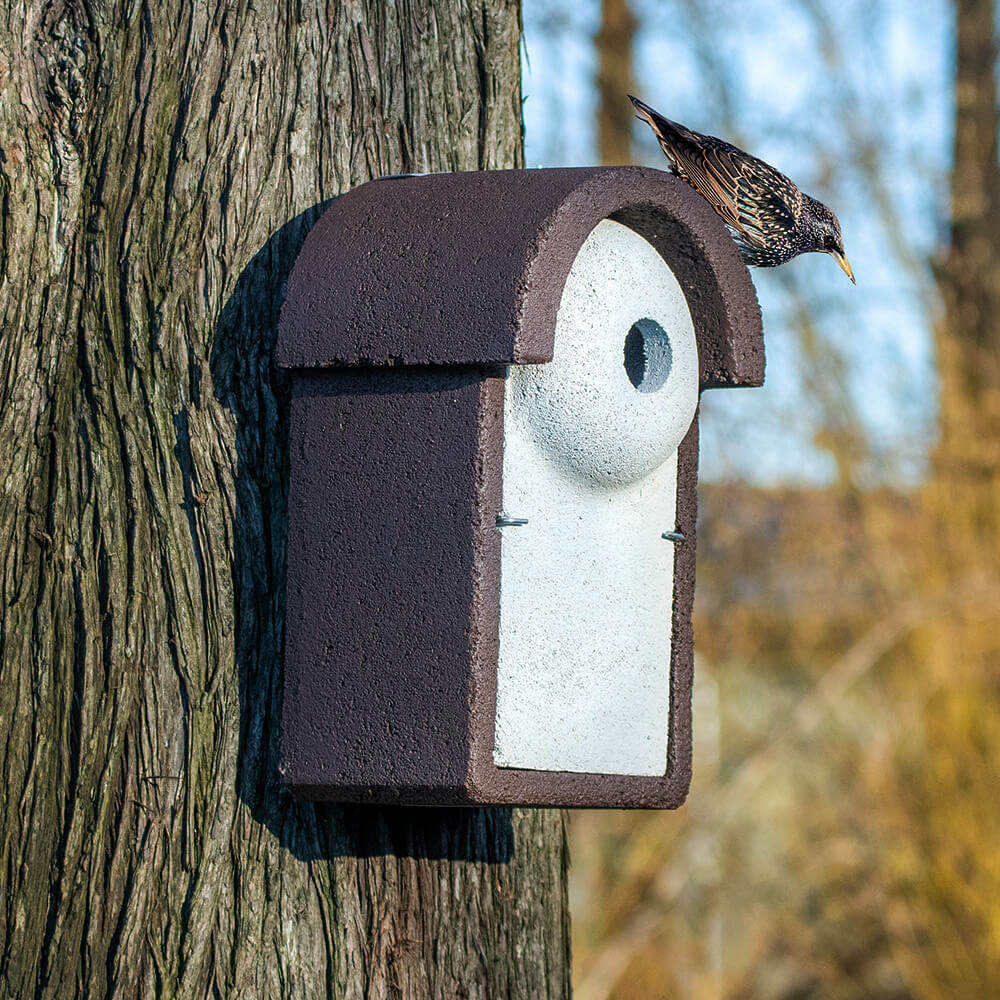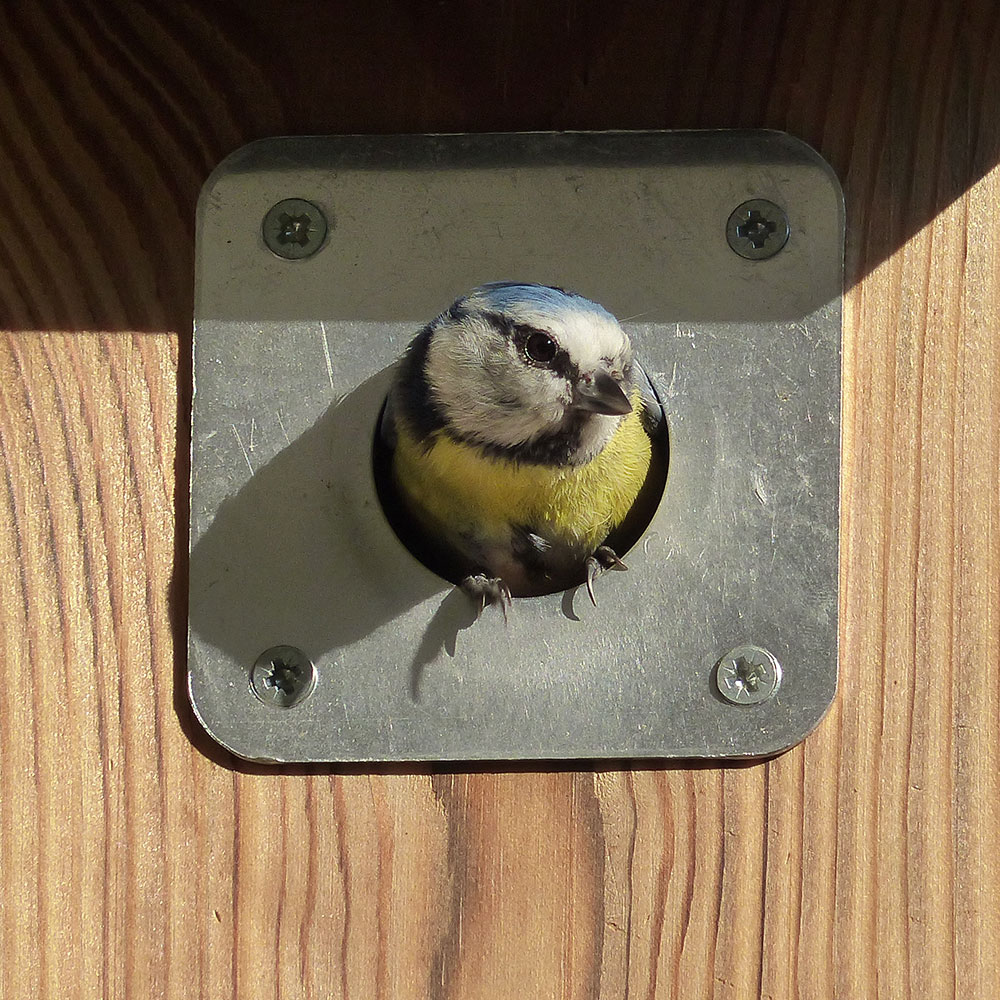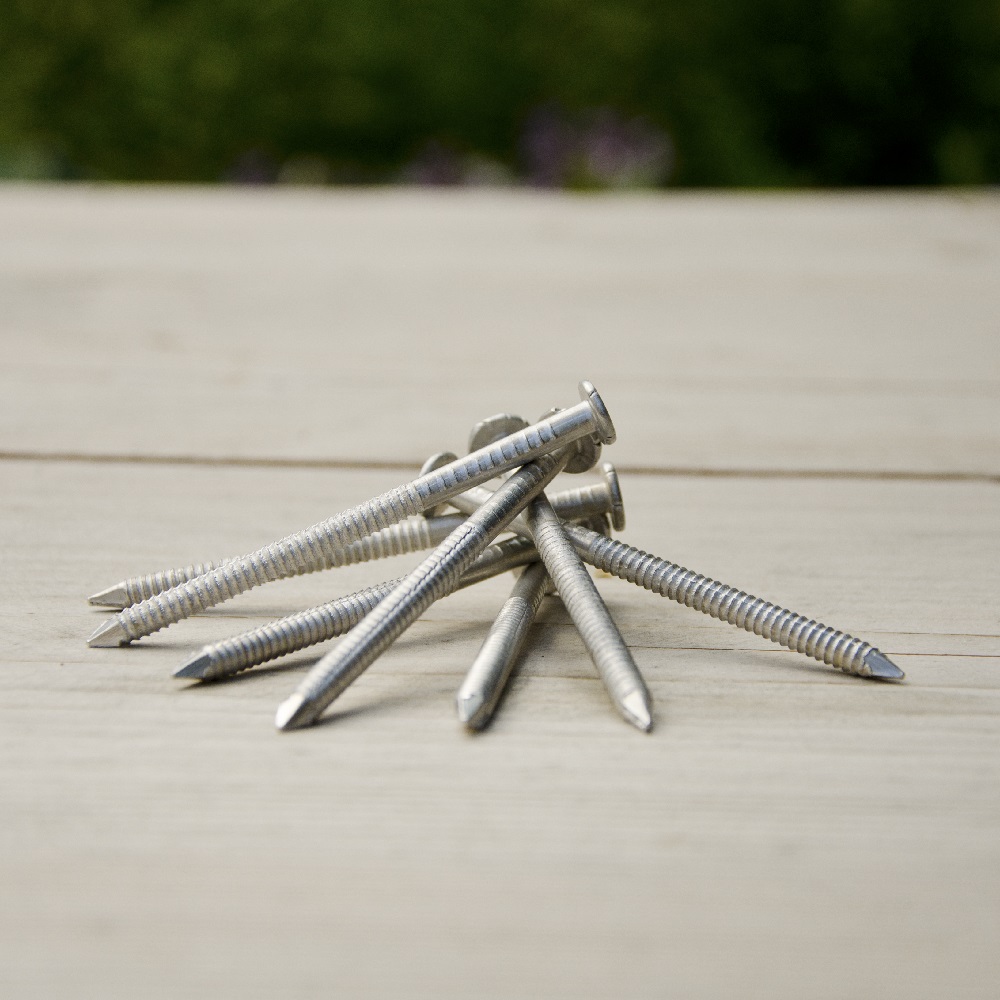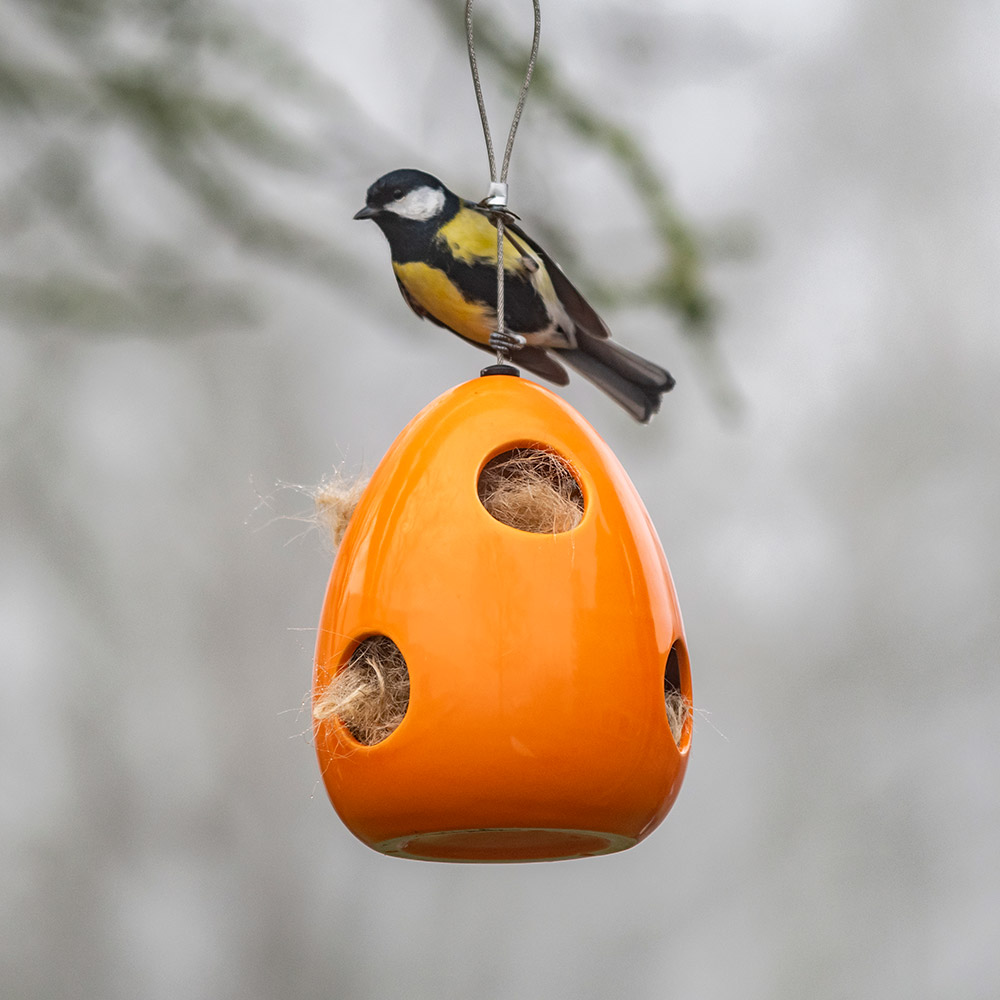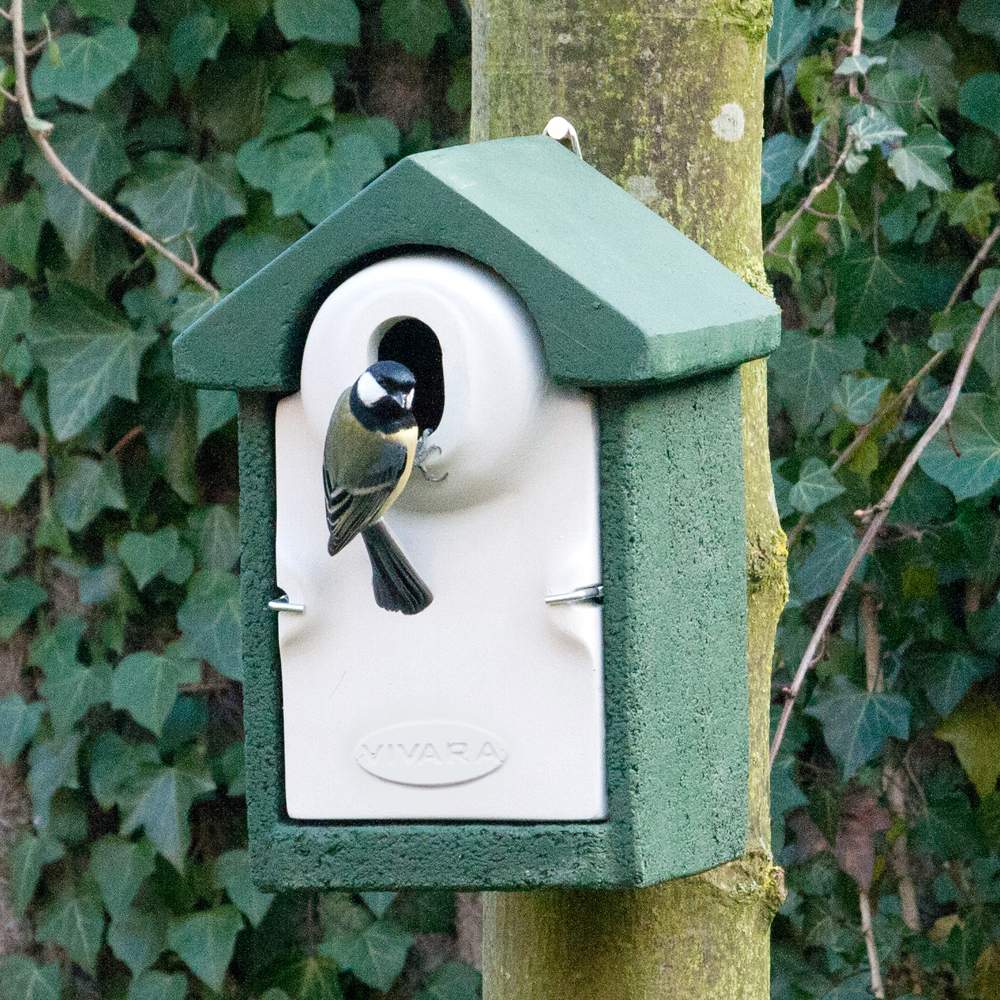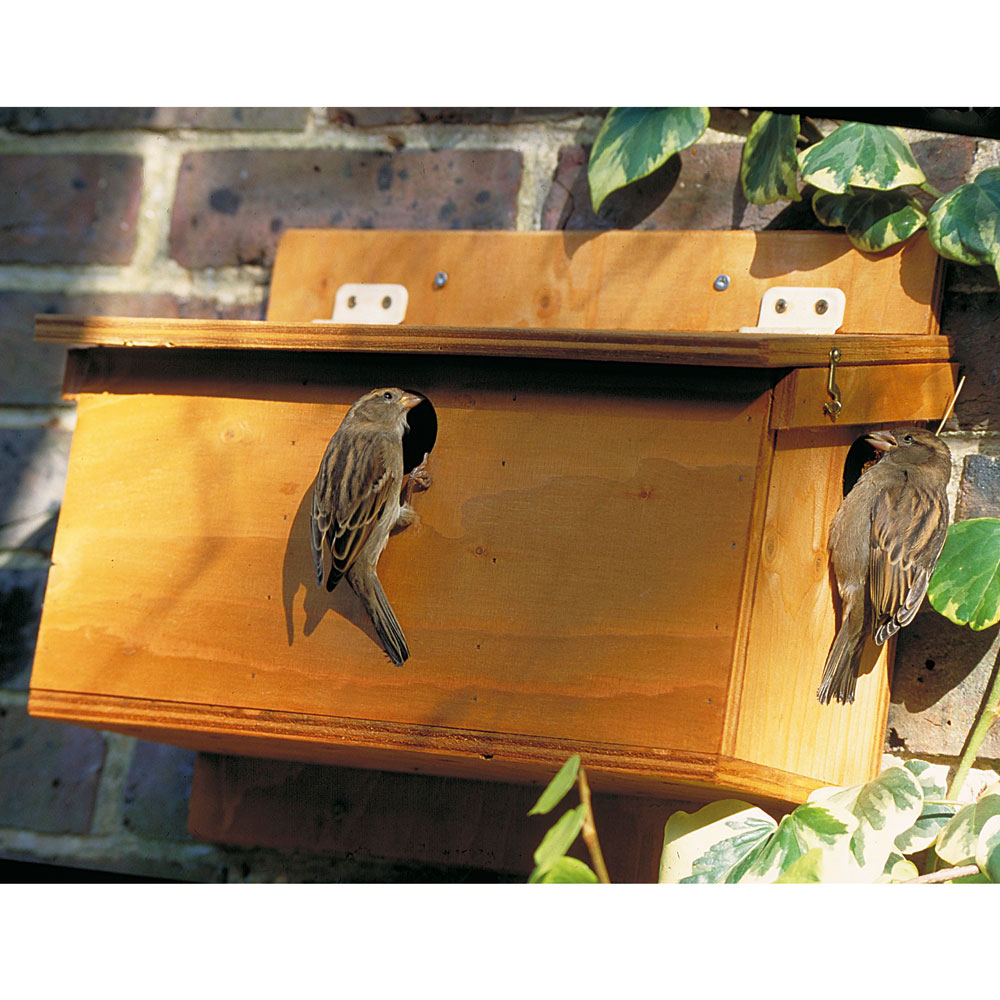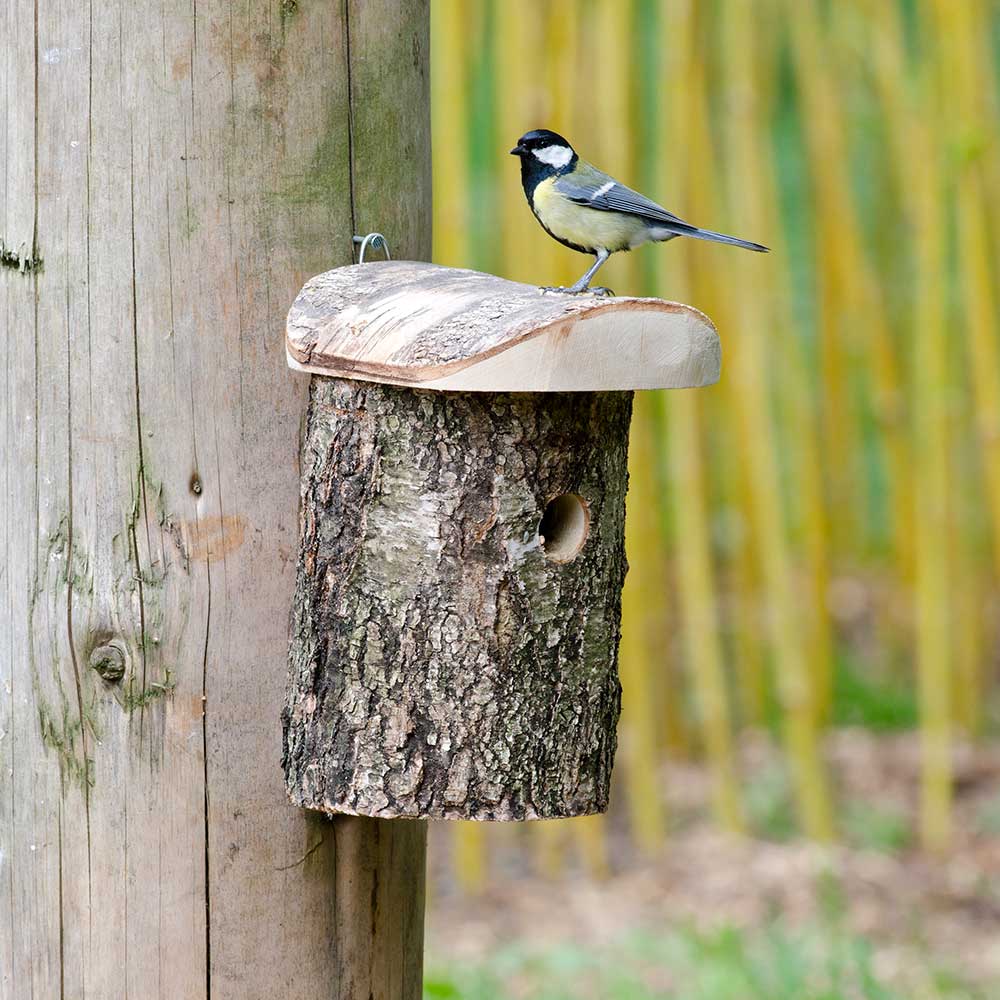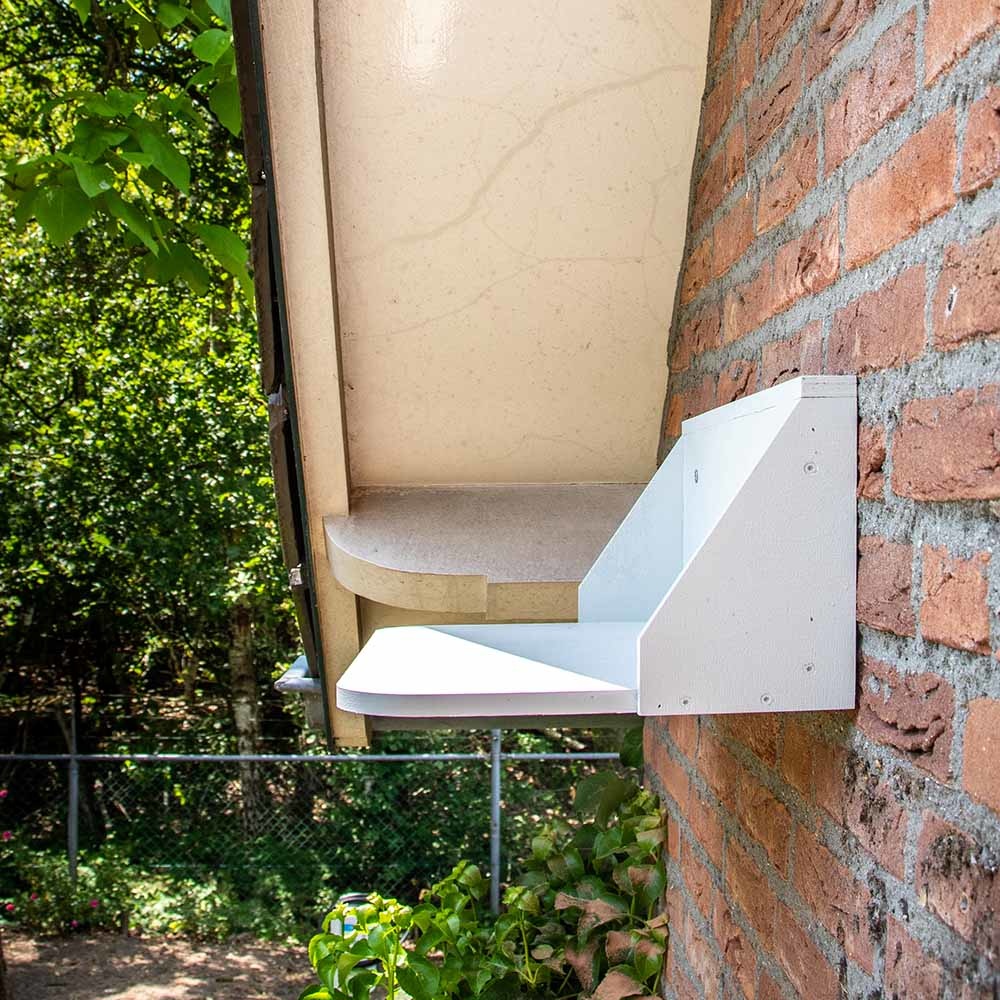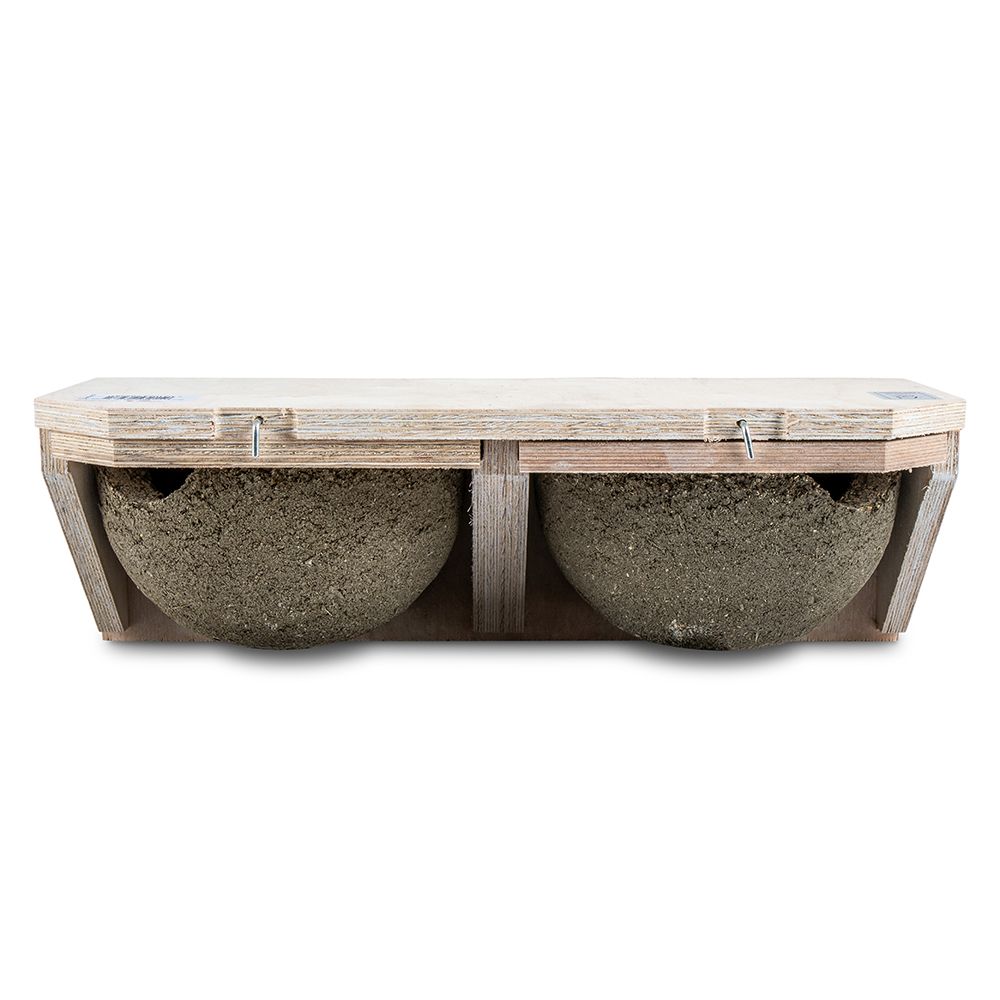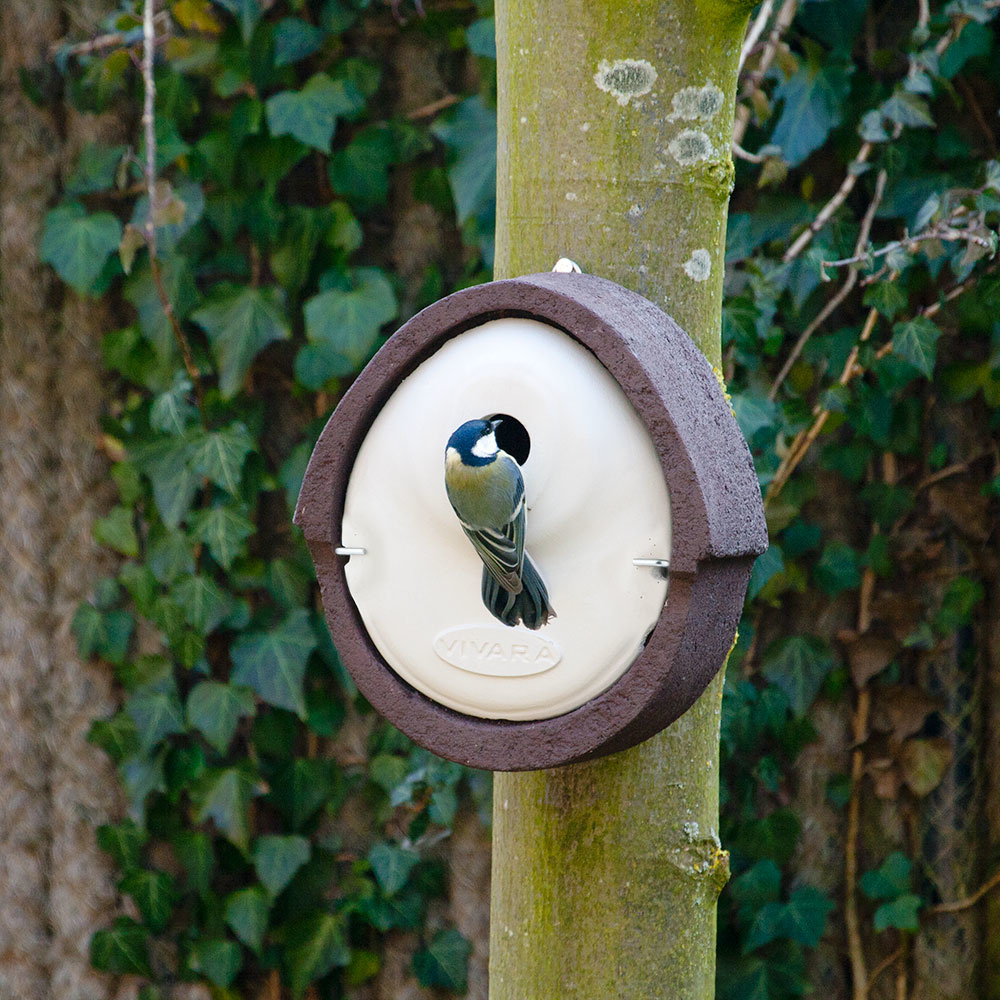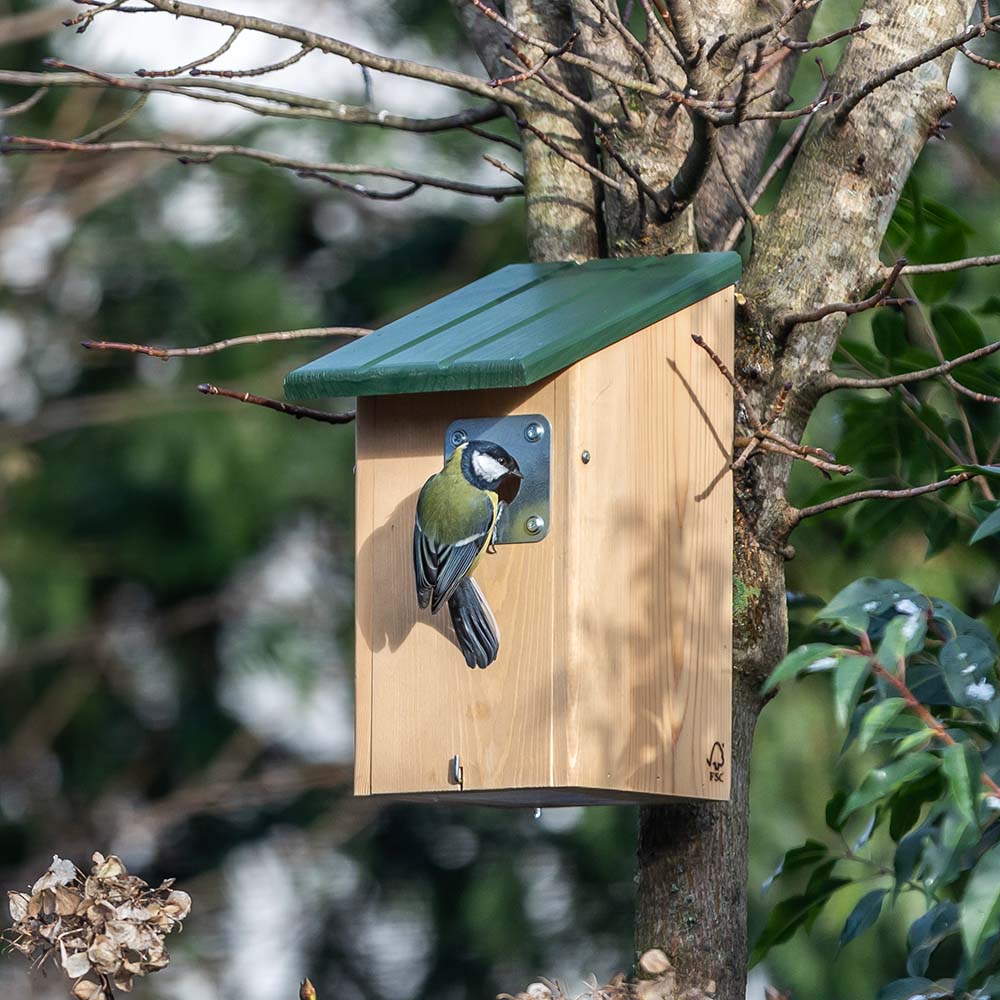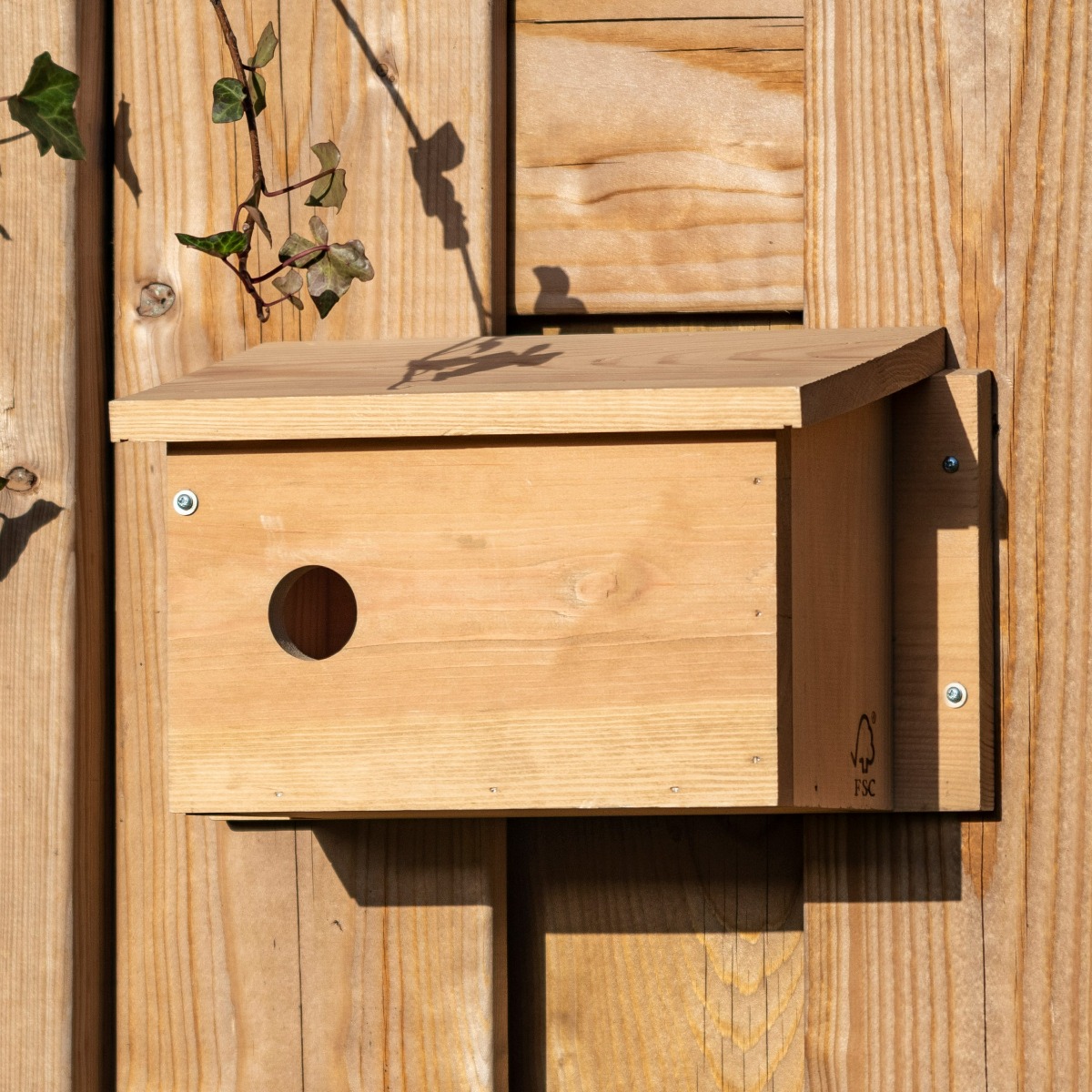Nest Boxes
Support your local wildlife with our range of bird boxes and bird houses, designed for garden favourites like robins, blue tits, swallows, sparrows, and owls. Whether you’re looking for a traditional wooden birdhouse or a specialist swift or bluetit nesting box, our expert designs offer safe, durable shelter for birds to nest and thrive. Read more here.
Bird houses and nest boxes serve two wonderful purposes: first, they provide safe shelter for birds throughout the year, and second, they allow you to enjoy watching different bird species busy building their nests and searching for food. Explore our collection of bird houses and nest boxes suitable for various species, helping you enhance biodiversity and create a welcoming environment for local wildlife.
High-Quality Constructions and Materials
Investing in a high-quality bird house ensures it will last for many years, providing reliable shelter for generations of garden birds. Our nest boxes are built from durable, eco-friendly materials such as FSC-certified wood, ensuring both longevity and environmental sustainability. Thanks to the superior quality and durability of our WoodStone nest boxes, you benefit from a 10-year warranty for peace of mind.
Our Range of Different Models
We offer an extensive range of bird houses and nest boxes, catering to various bird species and preferences — from classic wooden designs to innovative models built for durability:
-
Wooden Nest Boxes: Crafted from sturdy wood, these boxes feature an extra paint coating on the roofs for weatherproofing and long-lasting protection. They’re easy to open for cleaning and inspection, and fitted with robust hangers for secure mounting in your garden or on trees.
-
Birch Nest Boxes: Crafted from natural birch logs, these bird houses blend seamlessly into any outdoor space. Their rustic appearance makes them ideal for wildlife-friendly gardens aiming for a natural, eco-friendly look. Birch boxes typically do not open for cleaning due to their unique log design.
-
WoodStone Nest Boxes: These innovative nest boxes combine wood and concrete for exceptional durability, able to withstand harsh weather conditions while offering safe nesting spaces. Their robust build makes them perfect for habitat conservation, especially for species like house martins, swallows, and starlings. Many WoodStone models are designed to open, making cleaning and monitoring easier.
-
Specialist Nest Boxes: Certain species, such as robins, blue tits, and swallows, have specific nesting requirements. Our specialist nest boxes are tailored to their needs, supporting the conservation of these important bird populations and helping you attract more species to your garden.
Useful Accessories
Enhance your bird house experience with practical accessories from our range. Want to observe nesting birds up close without disturbing them? Try our innovative nest box cameras for a front-row seat as your feathered friends build nests, lay eggs, and raise their chicks. Or explore our high-quality binoculars for detailed views of garden wildlife.
Accessories such as nesting materials and cleaning products help maintain the hygiene and usability of your bird houses. These extras not only improve your birdwatching experience but also contribute to the well-being of the birds using your nest boxes.
When Do Birds Use Nest Boxes?
Many people think nest boxes are only used in spring. In reality, they serve an important role year-round. While spring is indeed the peak breeding season for birds like robins and blue tits, nest boxes offer vital shelter during autumn and winter too. Birds often seek warm, secure places to roost overnight, helping them survive harsh weather conditions. Installing nest boxes in autumn gives birds time to familiarise themselves with new nesting spots, increasing the chances of successful breeding when spring arrives.
Placement of the Bird House
Choosing the right location for installing your nest box is crucial to ensure safety and attract birds. Ideal spots include trees, walls, or poles in your garden, backyard, or even a balcony. Make sure your bird house is placed away from potential predators like cats, and orient the entrance away from prevailing winds — ideally facing north or east for best protection and comfort.
5 Essential Tips for Setting Up Your Nest Box
- Mount the nest box 2–3 metres above ground level.
- Face the entrance towards the north or east. Avoid placing the box in direct sunlight or exposed to strong prevailing winds.
- Ensure the roof slopes forward to prevent rain from entering the box.
- Use rust-free aluminium nails or sturdy wire loops for secure installation. Hanging a nest box on a tree using these methods won’t damage the tree.
- If you have several boxes of the same type, position them at least 10 metres apart to reduce territorial disputes.
How to Clean a Nest Box
Regular cleaning is vital for maintaining a healthy and safe environment inside your nest box. If you have a nest box that opens (which is typically the case for most wooden and WoodStone models, but not usually for birch nest boxes), clean it once the breeding season is over. Remove any old nests and debris to help prevent pests such as mites and wasps from accumulating. Consider using our eco-friendly cleaning products, which disinfect the nest box without harming future bird inhabitants. A clean nest box ensures better health and increases the chances of birds returning year after year.
Bird Houses & Nest Boxes from CJ Wildlife
At CJ Wildlife, we’re dedicated to offering bird houses and nest boxes that combine quality craftsmanship with sustainability. Every product is rigorously tested to meet the highest standards of durability and safety for garden birds. Whether you’re seeking classic wooden bird houses or modern designs tailored for specific species, our range provides the perfect solutions for any outdoor space.
Explore our full collection to find the ideal nest boxes and bird houses for different bird species. Need help identifying the birds visiting your garden? Our online bird guide offers valuable information on a variety of species to help you choose the right nest box. If you’d like to welcome even more wildlife visitors, browse our delicious selection of bird food and practical bird feeders.
By adding a bird house to your garden, you’re not only enhancing your outdoor space but also contributing to the conservation of vital bird species. Order today and enjoy the beauty of wildlife right outside your window.

